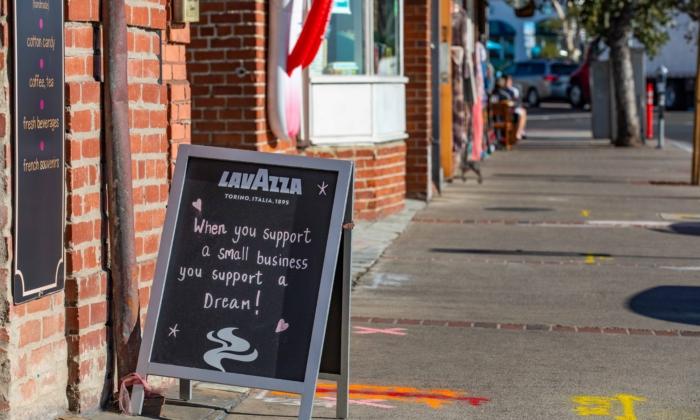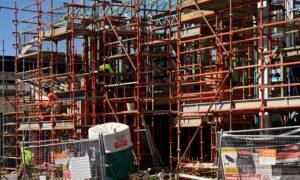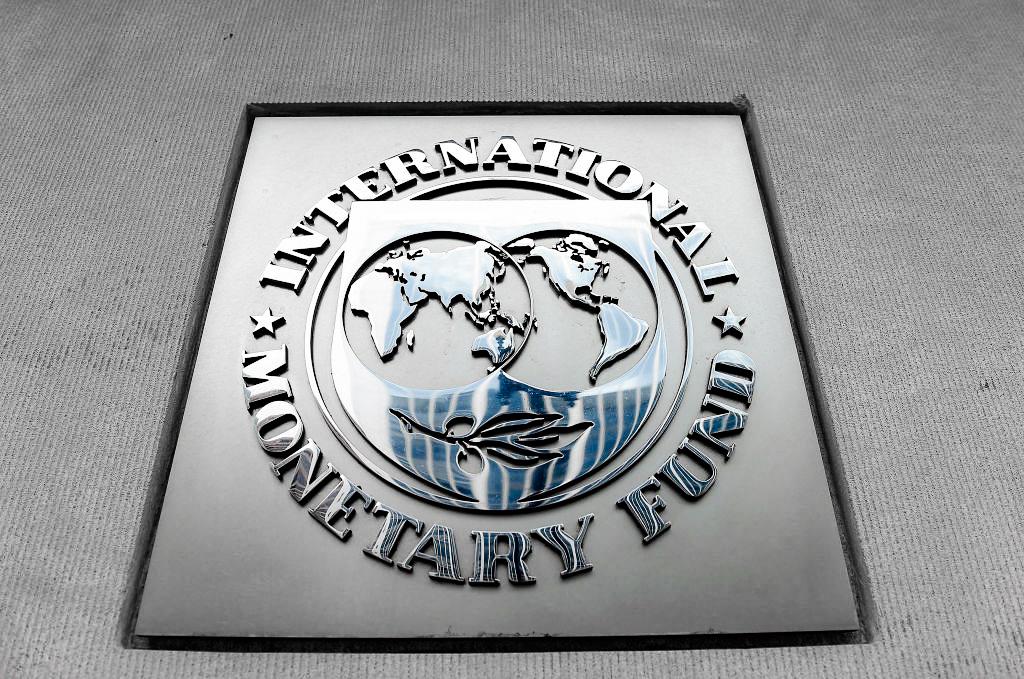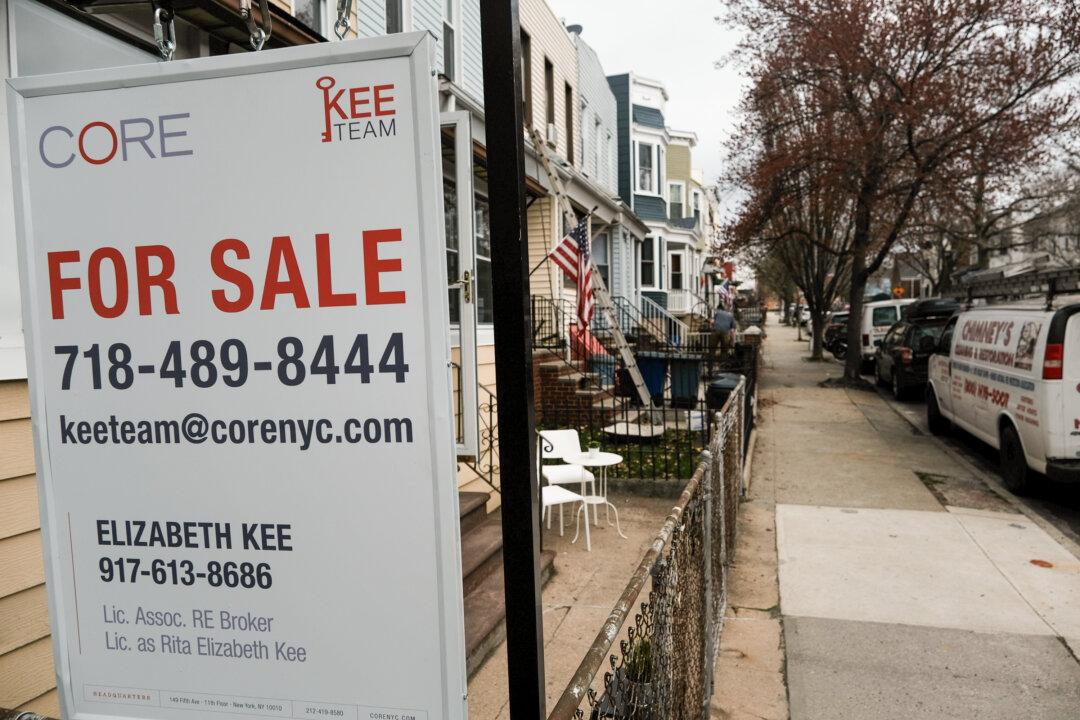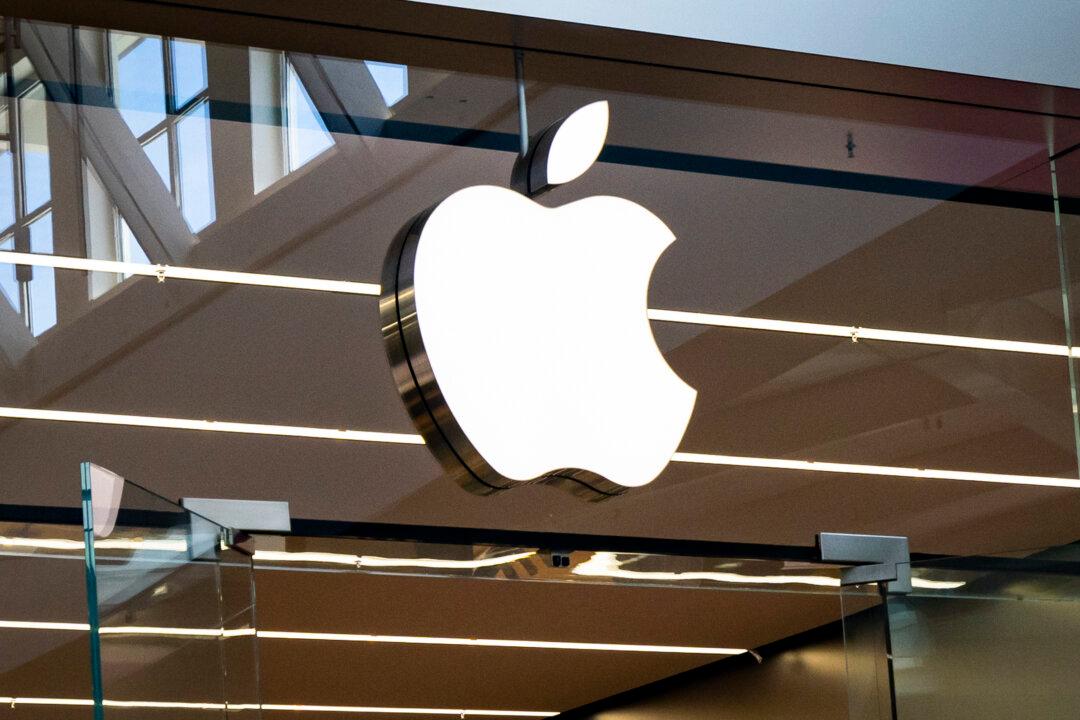Sentiment among American small-business owners slid last month, with the sector showing signs of a “potential slowdown in economic activity,” the National Federation of Independent Business (NFIB) said in a recent report.
“The NFIB Small Business Optimism Index decreased by 0.9 of a point in March to 88.5, the lowest level since December 2012,” the organization said in a report on April 9. “This is the 27th consecutive month below the 50-year average of 98.” A smaller number of business owners now expect higher sales, indicating low optimism in the community. “The net percent of owners who expect real sales to be higher decreased eight points from February to a net negative 18 percent.”
The NFIB warned that the American small-business sector was “showing signs of a potential slowdown in economic activity,” citing the eight-point decline in net sales expectations, which was the “main contributor” to the index’s decline in March.
NFIB Chief Economist Bill Dunkelberg attributed the dip in optimism to owners facing “numerous economic headwinds,” including inflation. “Twenty-five percent of owners reported that inflation was their single most important problem in operating their business, up two points from last month,” the NFIB stated.
Back in 2022, the National Association of Manufacturers (NAM), the largest manufacturing association in the United States, had warned against implementing the Inflation Reduction Act (IRA).
NAM President and CEO Jay Timmons said that the IRA “increases taxes on manufacturers in America, undermining our competitiveness while we are facing harsh economic headwinds such as supply-chain disruptions and the highest rate of inflation in decades.”
According to the NFIB report, among business owners who reported lower profits, 29 percent blamed weaker sales, 17 percent attributed it to the rise in the cost of materials, 13 percent cited usual seasonal change, and 12 percent put the blame on price change.
Some small-business owners faced financing issues. A net 8 percent said their recent loan was harder to secure than the previous ones. For 4 percent of owners, financing was their top business issue. Seventeen percent said they were paying a higher interest rate on their recent loan.
The share of owners who plan capital outlays—investments in fixed assets—declined one percentage point from February. “A more positive view of the future economy and economic policy would help stimulate longer term investment spending,” the NFIB stated.
“But currently, owners’ views about the future are not supportive and financing costs are very high. Investment is needed to address labor supply-chain problems which still persist in the current environment.”
The Federal Reserve has suggested potential interest-rate cuts, the NFIB noted. Lower interest rates could spur economic activity by making cheaper credit available for businesses and consumers. However, anticipated rate cuts have “dropped precipitously over the last few months from a possible six to seven cuts to two to three cuts.”
“Minneapolis Federal Reserve President Neil Kashkari has even suggested the possibility of suspending rate cuts entirely this year, moving the first cut until 2025. The data are certainly not supportive of cuts at the next two FOMC meetings. Cuts at those meetings are off the table.”
Small Businesses Struggle
Many American small businesses are struggling under the current economic environment. According to a recent survey of 2,000 U.S. small-business owners by Slack, a Salesforce company, 40 percent see 2024 as a “make or break” year for their business.While 71 percent expressed optimism about the state of their business this year, 32 percent said they were worried their businesses wouldn’t exist by the year-end.
According to the survey, “38 percent of small-business owners are more worried about their business as they enter 2024, compared to 2023—while only 26 percent are less worried.”
“Top worries included inflation and economic conditions (47 percent), followed by the need to raise prices (32 percent) and an increase in competition (24 percent).”
Small businesses account for roughly 44 percent of America’s GDP and act as a foundation of the country’s economy. As such, any negative impact on small businesses can massively impact the broader economic situation.
A March 2024 report by the 12 Reserve Banks of the Federal Reserve System found most small businesses “reported that higher interest rates affected their business.”
Higher interest rates forced 54 percent of small businesses to incur increased costs of debt, 37 percent to delay expansion plans, and 22 percent to face difficulties refinancing existing debt.
While some surveys point to small businesses struggling, a few others suggest the sector is getting more optimistic. According to the recent Q1 MetLife and U.S. Chamber of Commerce Small Business Index, which measures small-business owner confidence, many owners are expecting the economy to improve.
Thirty-two percent of small-business owners now say that the U.S. economy is in good health, a seven-point jump from the last quarter. In addition, 38 percent said their local economy was in good health, up eight percentage points.
“Small businesses’ perceptions of the economy are drifting upward, with businesses reporting being comfortable with their cash flow and the health of their business,” said Tom Sullivan, vice president of small business policy at the U.S. Chamber of Commerce.
“While many business owners have continued to struggle with high prices and rising wages, recent jobs reports are positive. While headwinds remain, confidence is ticking upward and small businesses are more resilient and prepared for unforeseen challenges.”
